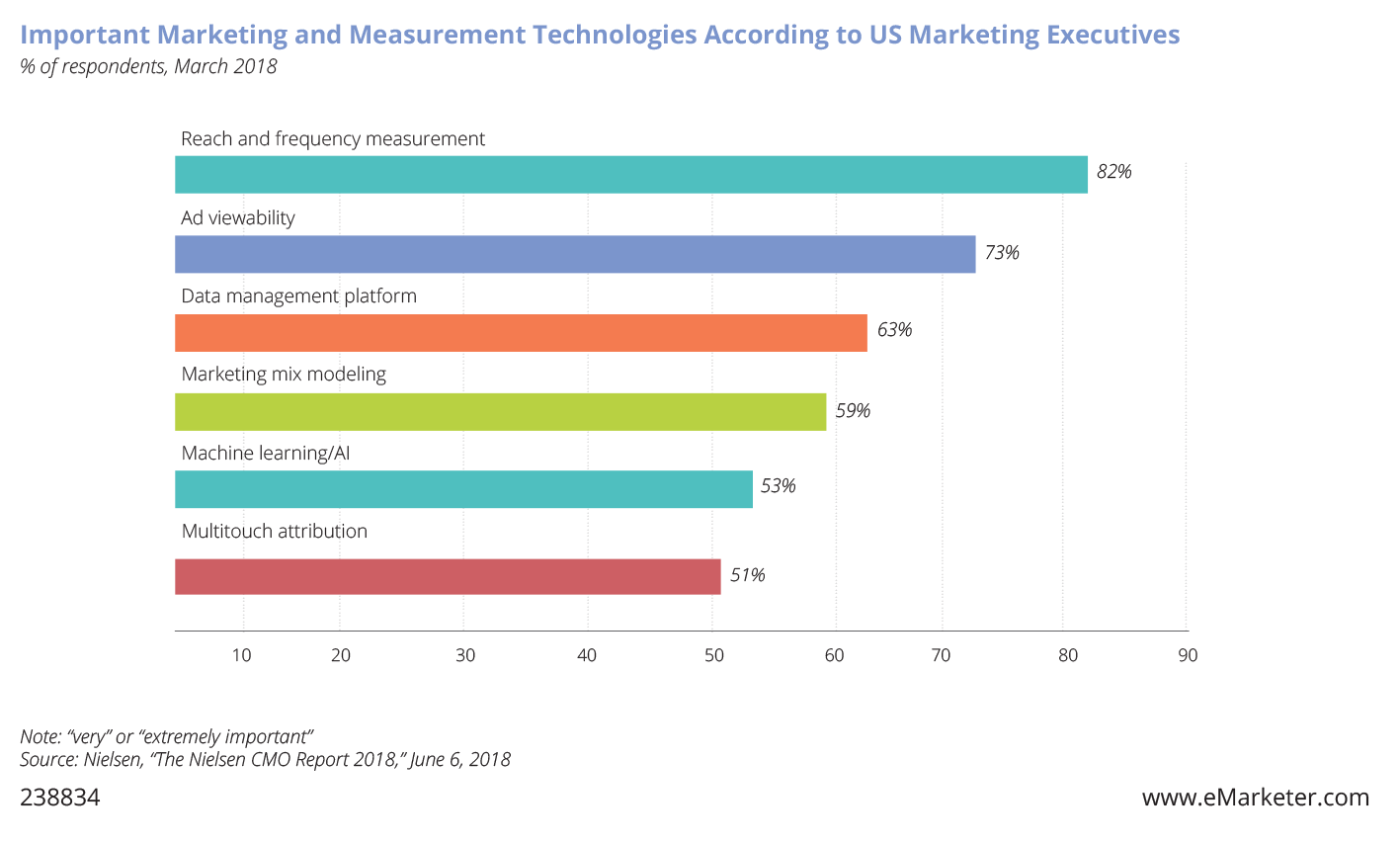Sign up for our LAVY email
and get our bi-monthly newsletter.
Student lead generation for universities is big business. Before clicking “submit” on your college or vocational school’s Request For Information (RFI) form, however, each lead comes into contact with numerous marketing messages.
While it is useful to track which ad was last seen before a student lead completed an RFI form, before giving it full credit for delivering the goods, consider this. The secret to success lies in applying multi-touch attribution (MTA) analytics to your education marketing campaigns.
Let’s investigate why.
Choosing a university, college, vocational or technical school isn’t done on a whim. Each school should conduct its own timing analysis to identify when a potential student becomes aware of your organization to when they begin heavily researching it, all the way up to filling out an application to enroll.
 The consideration process can take 12 to 18 months. RFI form submissions generally take place closer to the application date than when the student journey began, so marketing strategy requires time and patience. Some leads late in your funnel will go straight to an application without filling out your RFI form, but media attribution window at that advanced phase is not long.
The consideration process can take 12 to 18 months. RFI form submissions generally take place closer to the application date than when the student journey began, so marketing strategy requires time and patience. Some leads late in your funnel will go straight to an application without filling out your RFI form, but media attribution window at that advanced phase is not long.
Even so, it can be difficult to correlate in a direct-response fashion how many days it took from a lead’s first media impression (seeing a digital ad) to interactions such as clicking through to visit your website, requesting additional information or applying for admission.
If you are using multi-touch attribution (MTA) analytics allows you to track beyond the ad served immediately before converting into a lead.
Instead of giving all of the credit for the lead to the first click or the click through on last ad served, dig into your CRM’s ad campaign results data. Let’s say your campaign served the person seven ads over 11 days. They visited your website multiple times per day, and they visited it five times on the day they filled out your form or submitted an application.
The majority of visits took place on your website immediately before they filled out your form. So you might be tempted to assign your lead-generation page more importance than your digital marketing campaign.
Without your digital ad campaigns, however, how many potential student leads would have clicked through to your website? How many would have found their way to your form without referrals from social media and other marketing channels? And what supporting roles did traditional media ads on billboards, radio and television play in creating awareness, generating interest, and funneling traffic to your organization’s website?
That’s why analytics tools which provide multi-touch attribution to weigh the value of every touchpoint are so important. As noted in a previous LAVIDGE article, the holy grail of marketing automation is to move beyond lead-source to brand-interaction attribution. Multi-touch attribution can help you do just that.
LAVIDGE is a full-service digital agency experienced in campaign analytics and ROI tracking, multi-channel funnels and multi-touch attribution modeling. Our Phoenix higher education analytics firm will enable you to make business decisions based on sound, actionable insights.
To learn more, give us a call at 480.998.2600 or send email to info@lavidge.com.

Sign up for our LAVY email
and get our bi-monthly newsletter.